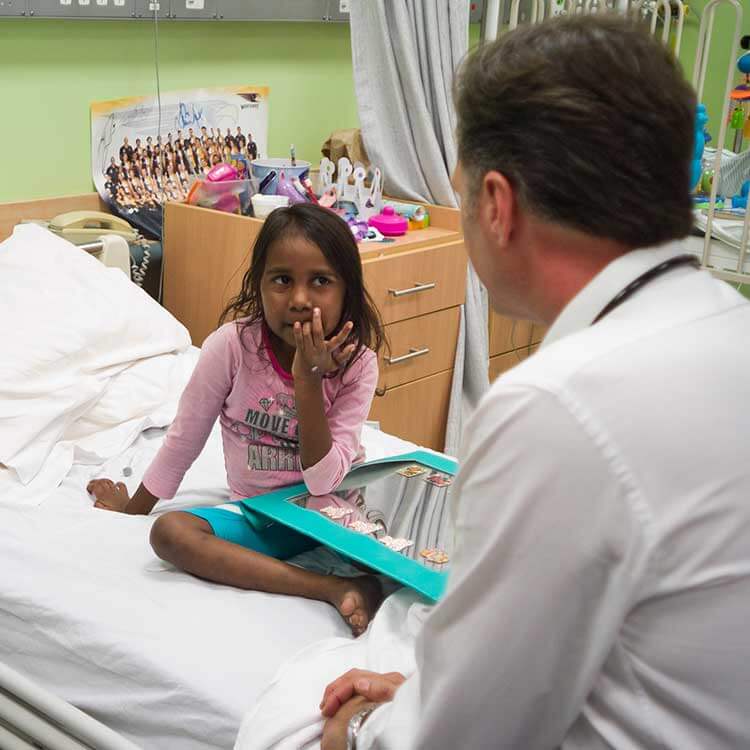Search
Research
Comparative effectiveness of interventions for preventing tuberculosis: systematic review and network meta-analysis of interventional studiesTuberculosis (TB) is the leading infectious cause of death globally. Several preventive measures are employed to prevent TB, yet there is a paucity of evidence on the effectiveness of these interventions. Therefore, this study aimed to identify the most effective interventions for reducing TB incidence.
Research
Silver Diamine Fluoride Staining With Potassium Iodide: A Prospective Cohort StudyStaining after silver diamine fluoride (SDF) treatment limits treatment acceptability but is also used as a clinical indicator of lesion stability. Potassium iodide (KI) has been postulated to modify SDF staining. Understanding the natural history and resultant shade of SDF/KI-treated lesions will inform clinical decision-making. This study describes the change in colour of carious lesions in primary teeth treated with SDF and KI.
Research
Determinants of drug-resistant tuberculosis in Hunan province, China: a case-control studyDrug-resistant tuberculosis (DR-TB) is a major public health threat in Hunan Province, with an increasing clinical burden in recent years. This study aimed to identify socio-demographic and clinical factors associated with DR-TB in Hunan province, China.
Research
The potential global cost-effectiveness of prospective Strep A vaccines and associated implementation effortsGroup A Streptococcus causes a wide range of diseases from relatively mild infections including pharyngitis to more severe illnesses such as invasive diseases and rheumatic heart disease (RHD). Our aim is to estimate the cost-effectiveness of a hypothetical Strep A vaccine on multiple disease manifestations at the global-level.
Research
The risk of mother-to-child transmission of hepatitis B virus infection in Ethiopia: A systematic review and meta-analysisMother-to-child transmission (MTCT) of hepatitis B virus (HBV) is a predominant route of infection for children in Ethiopia. No study has so far reported a nationwide estimate of the risk of MTCT of HBV. We conducted a meta-analysis of surveys and estimated the pooled risk of MTCT of HBV in the context of human immunodeficiency virus (HIV) infection.
Research
Facilitating knowledge transfer during Australia’s COVID-19 vaccine rollout: an examination of ‘Functional Dialogues’ as an approach to bridge the evidence–policy gapOur interdisciplinary team initiated a project to inform the COVID-19 vaccination programme. We developed a novel research co-creation approach to share emerging findings with government.
Research
Burden of drug-resistant tuberculosis among contacts of index cases: A protocol for a systematic reviewPeople having close contact with drug-resistant tuberculosis (DR-TB) patients are at increased risk of contracting and developing the disease. However, no comprehensive review has been undertaken to estimate the burden of DR-TB among contacts of DR-TB patients. Therefore, the current systematic review will quantify the prevalence and incidence of DR-TB among contacts of DR-TB patients.

News & Events
Bold bid to end rheumatic heart diseaseSome of the nation’s leading medical researchers will converge on Darwin this week to step out a plan to wipe out rheumatic heart disease.
Research
AGAR KidsBacteraemia is associated with significant morbidity and mortality in children and adults, more frequently affecting neonates, Indigenous children and children admitted to hospital.
Research
Can linked emergency department data help assess the out-of-hospital burden of acute lower respiratory infectionsThere is a lack of data on the out-of-hospital burden of acute lower respiratory infections (ALRI) in developed countries.
